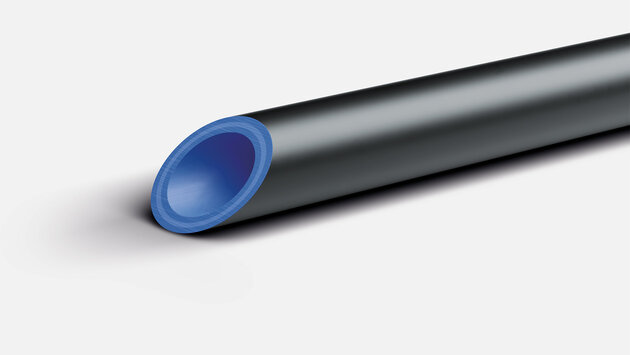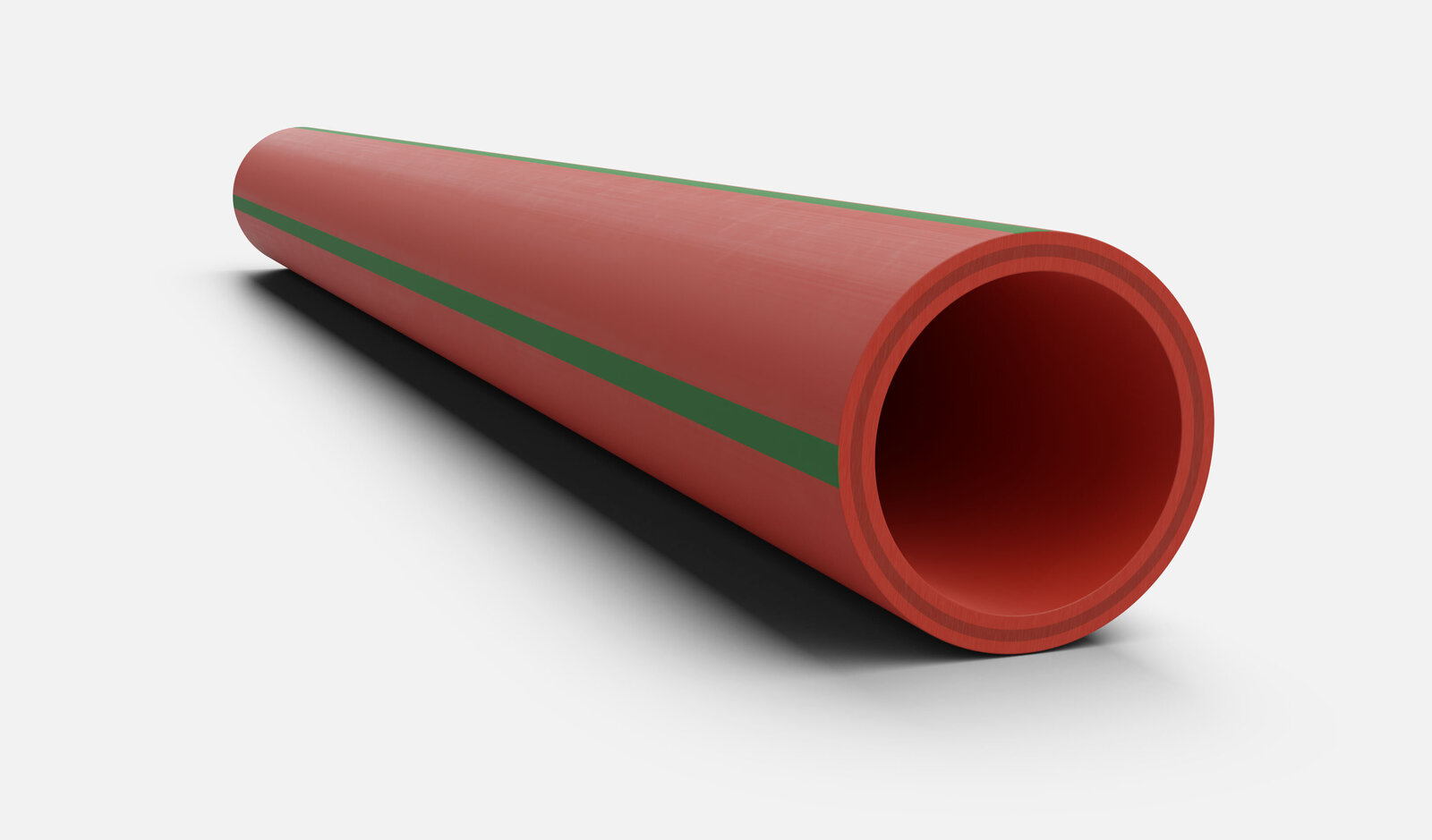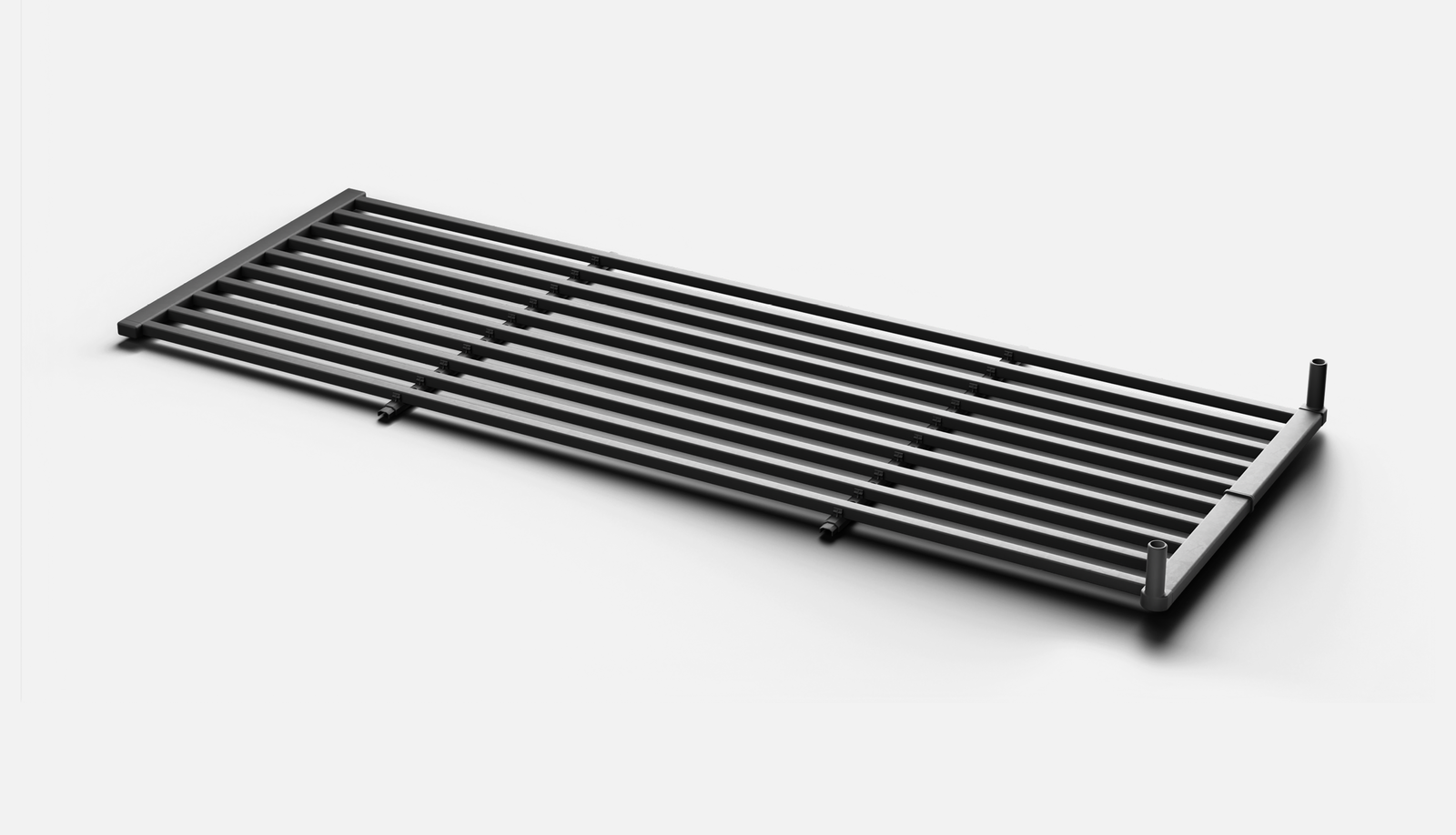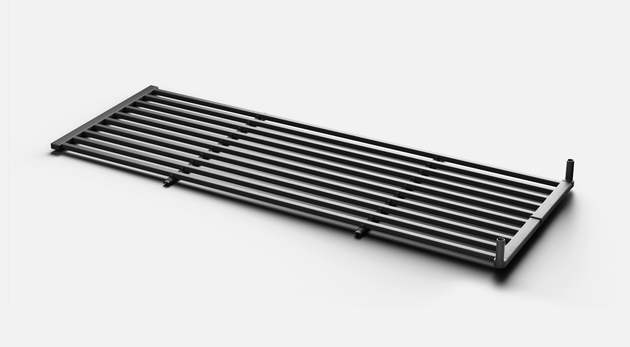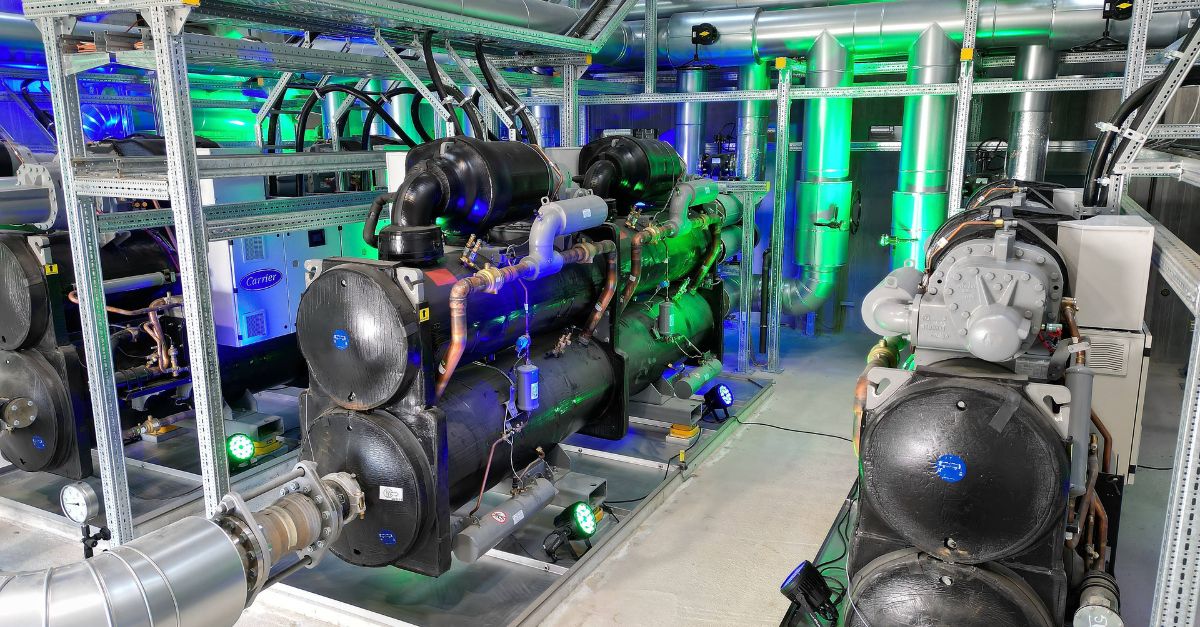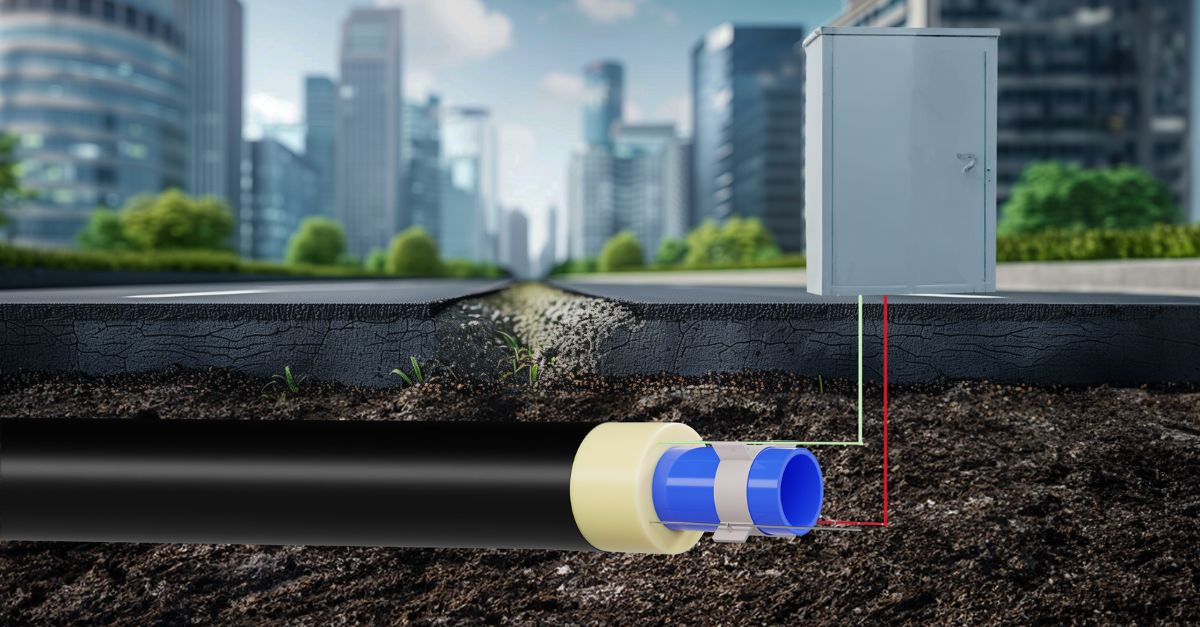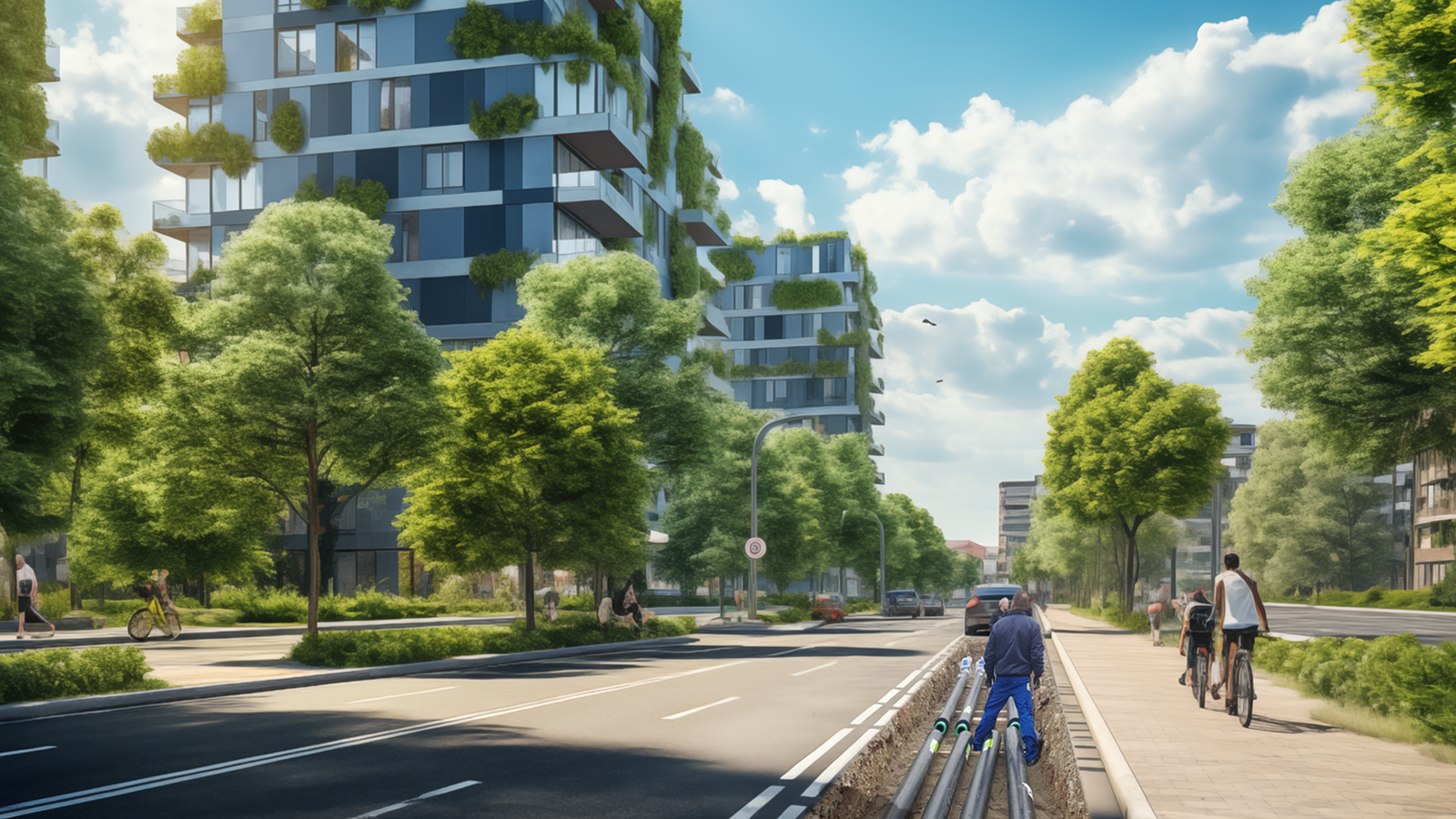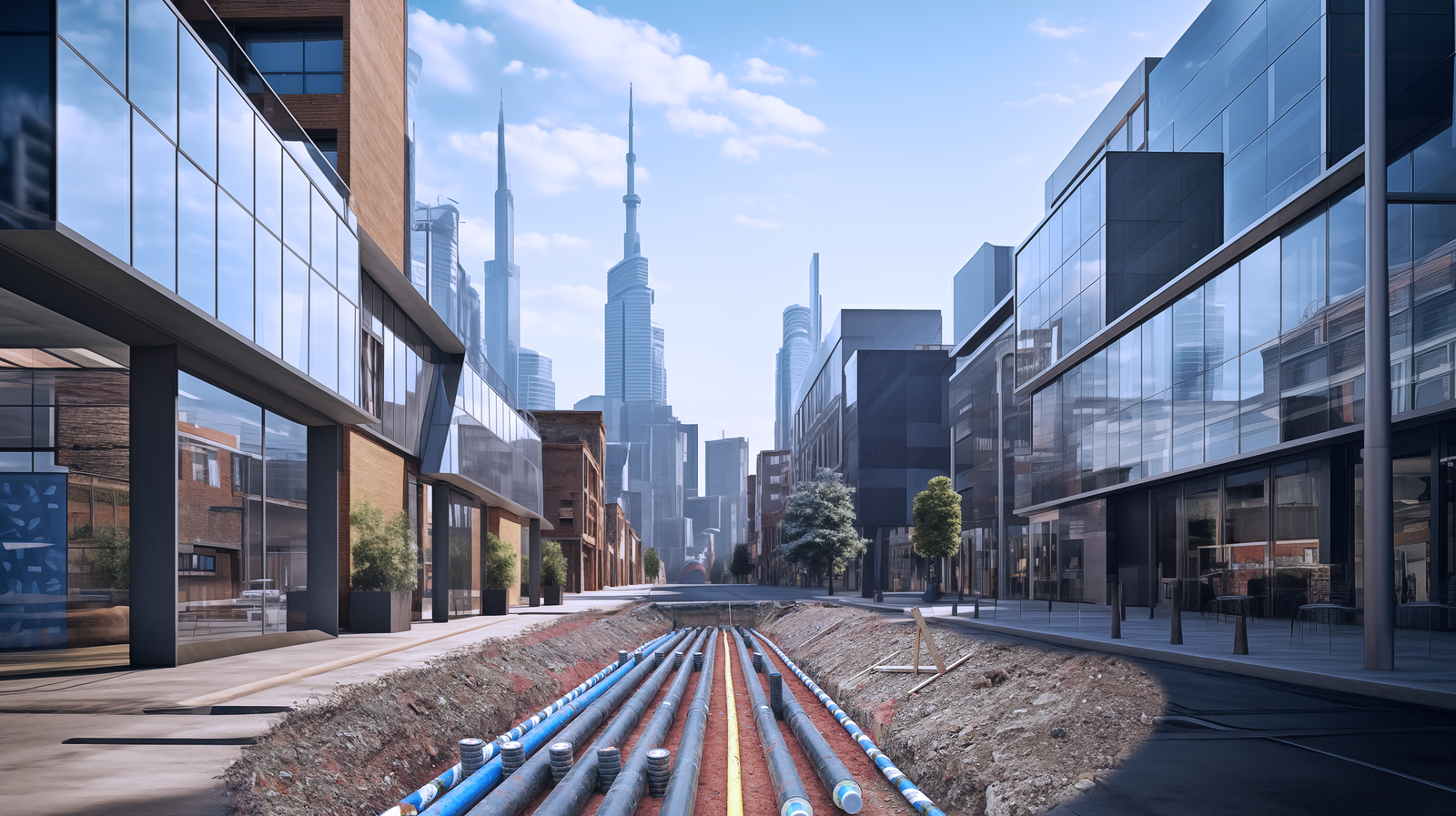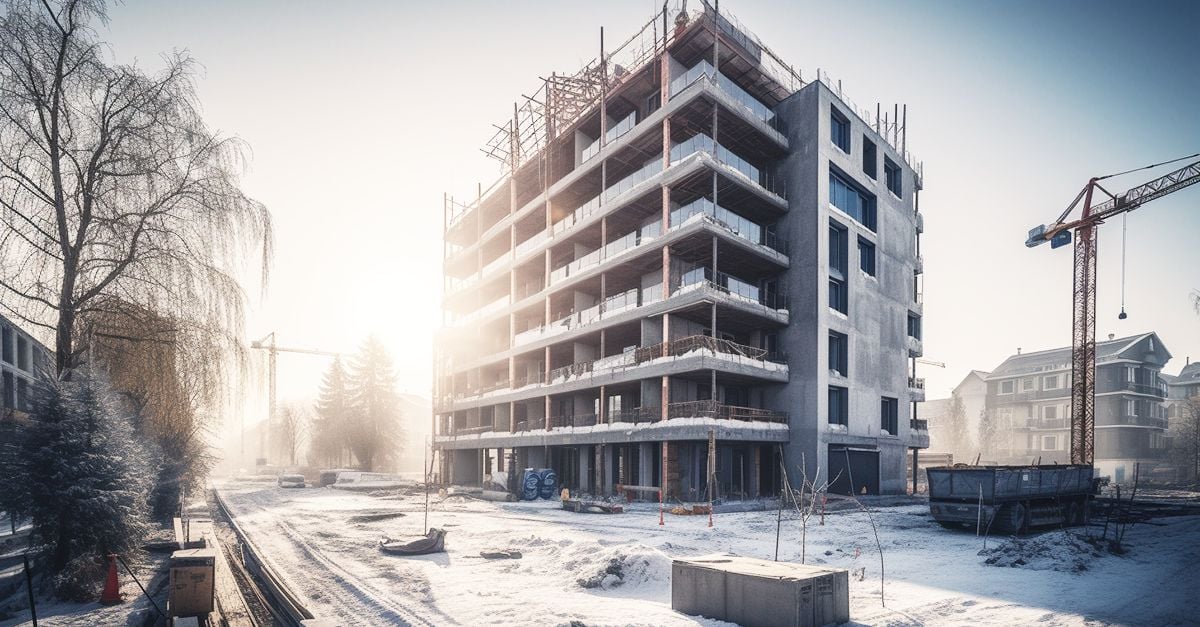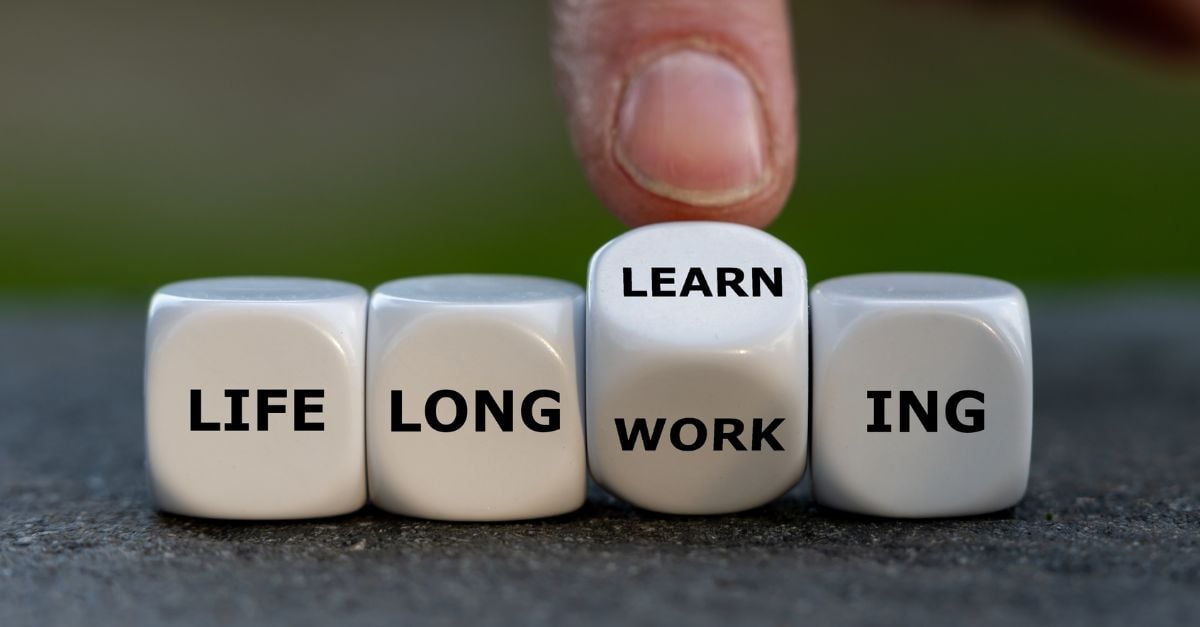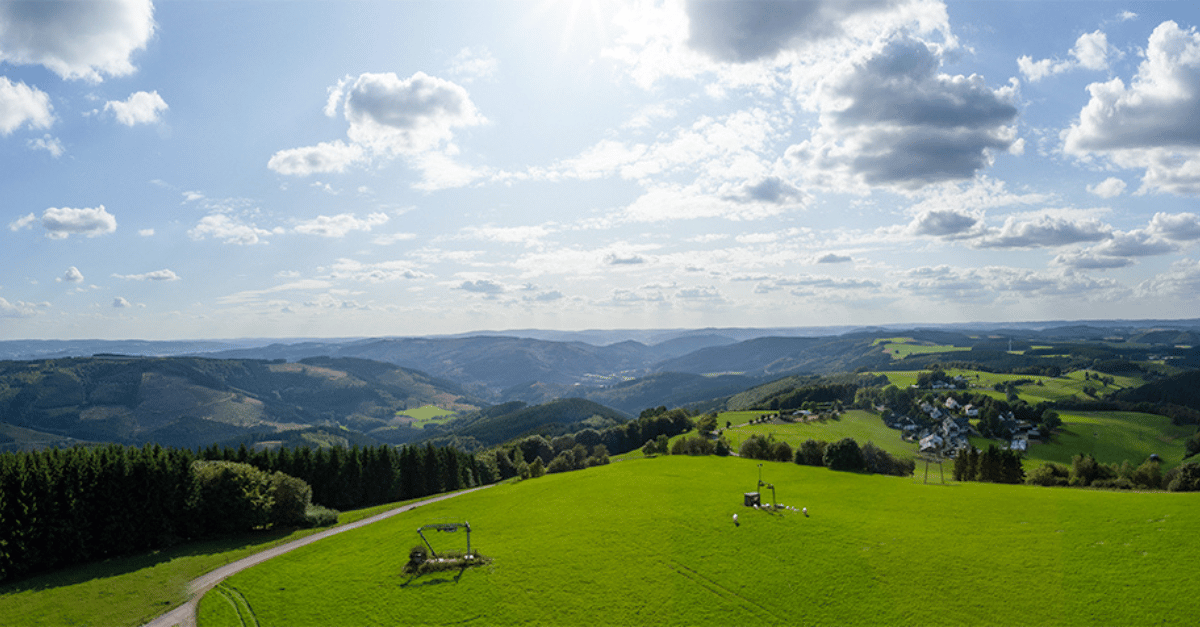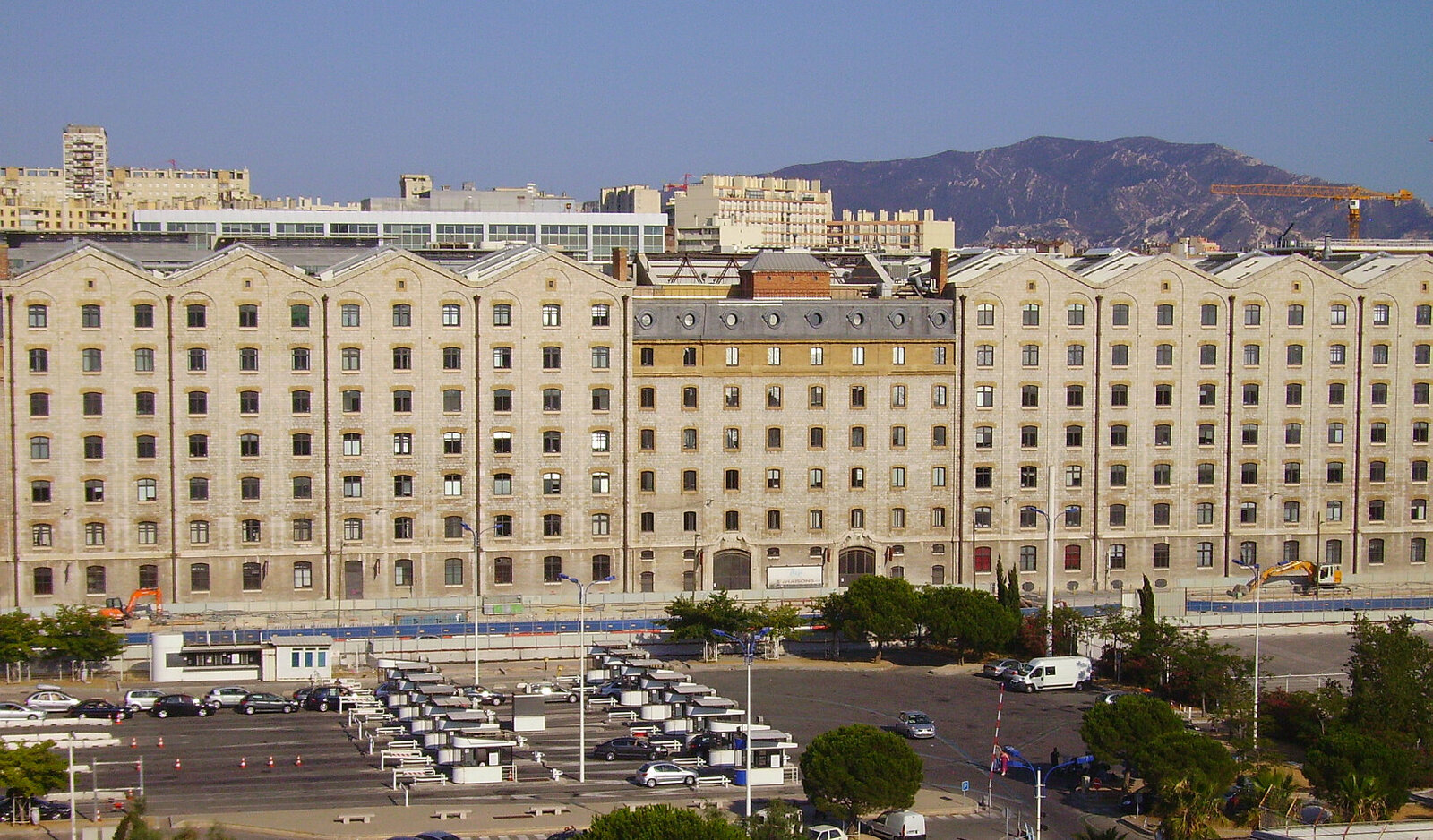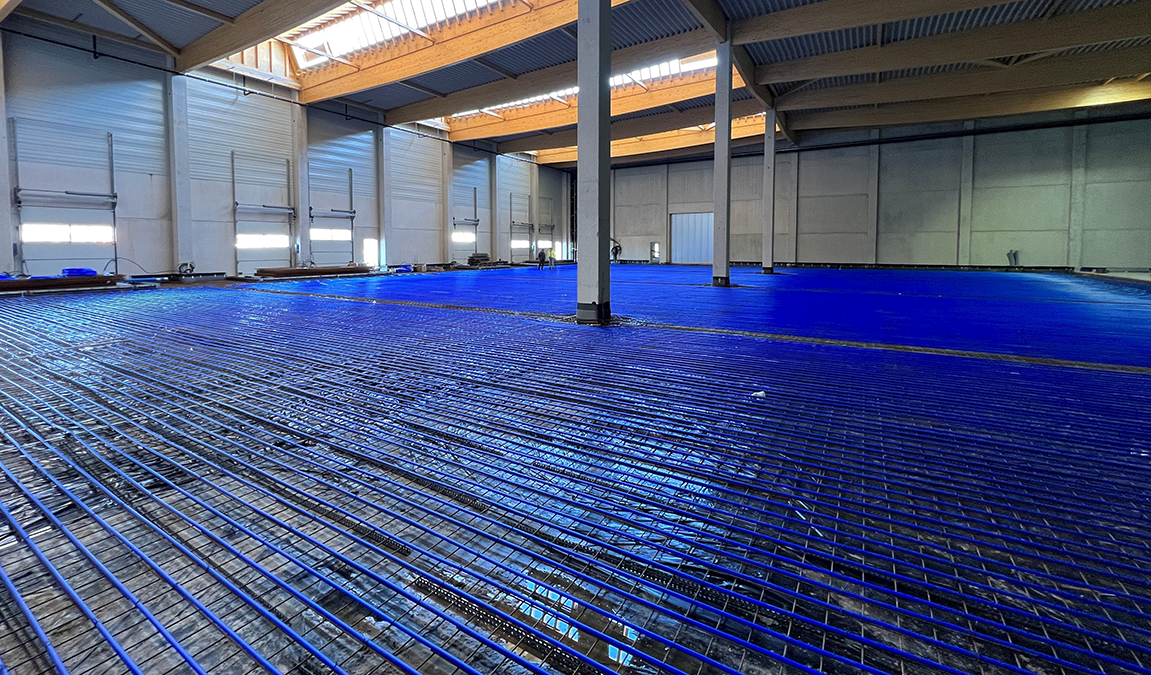We are part of the solution
On 17 August 1973, Gerhard Rosenberg founded aquatherm GmbH - in the basement and garage of his private residence. His ambitious goal? To revolutionise the market. This vision gave rise to the world market leader for plastic piping systems made of polypropylene for plant construction and building services: aquatherm. Why polypropylene? Because of its excellent ecological properties and high temperature and pressure resistance. Today we are represented in about 70 countries around the globe with our long-term partners.
Our vision: We want to inspire and connect people on all continents to make our contribution to the future of our planet together in a responsible way. That is why "Part of the solution" became our company purpose. Our sustainable products, our comprehensive service and our leading expert knowledge are part of the solution on the way to a climate-neutral life. No small claim, but all the more incentive for us.
For which application area do you need a solution?
Does the product need a special feature?
The following product is the right one for your project:
The following product is the right one for your project:
Does the product need a special feature?
The following product is the right one for your project:
The following product is the right one for your project:
The following product is the right one for your project:
Does the product need a special feature?
The following product is the right one for your project:
The following product is the right one for your project:
The following product is the right one for your project:
Does the product need a special feature?
The following product is the right one for your project:
The following product is the right one for your project:
Articles worth reading from the world of plastic pipes
aquatherm is a family business. This has not only to do with the ownership structure, but above all with our corporate values.
Whoever talks about aquatherm also often speaks of community thinking and lived employee proximity, of a commitment that stands for doing what one says and honest and open communication with each other.













